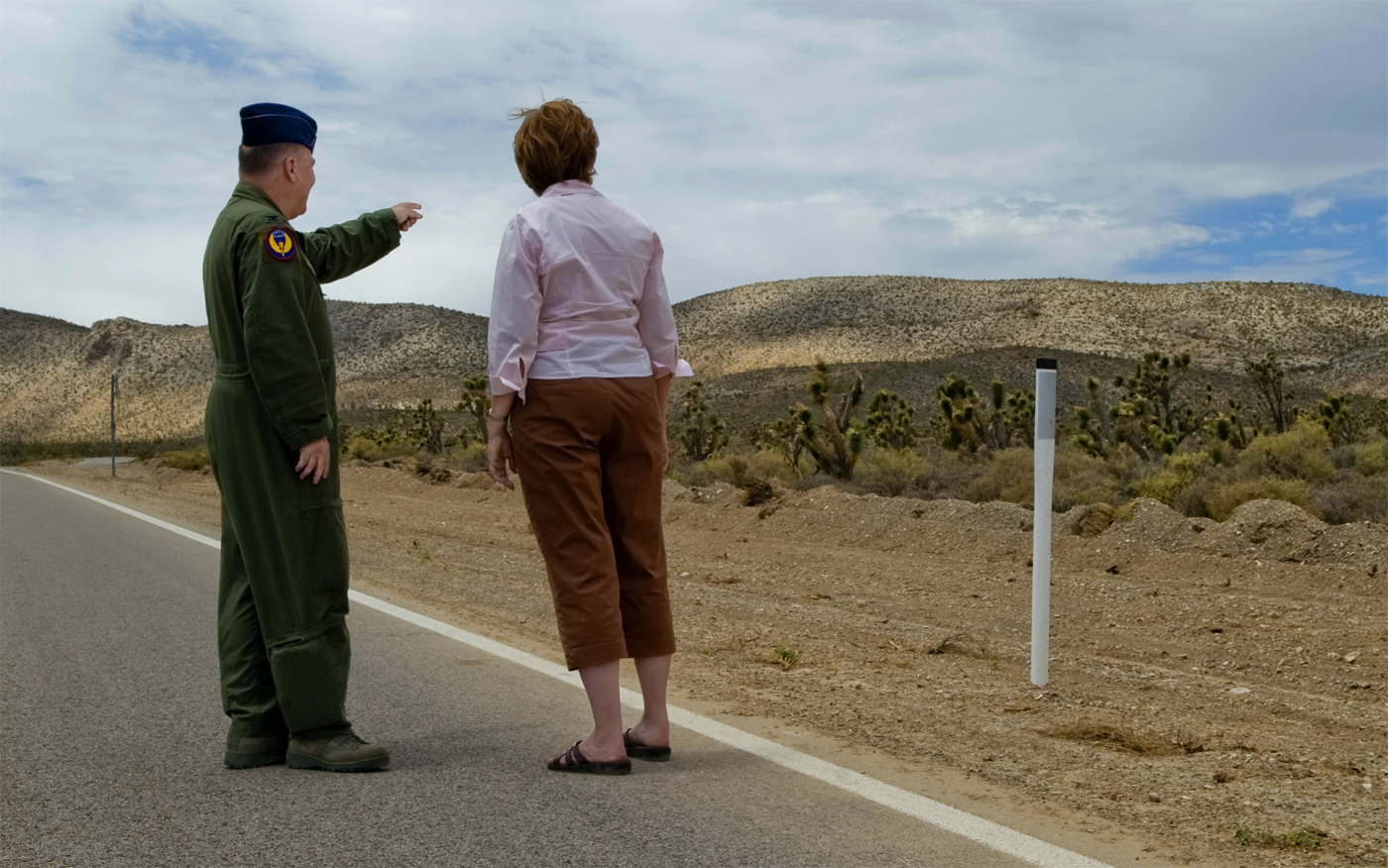Coverage of the Boston bombing.
The early reports on the Boston Marathon bombing and the Texas fertilizer plant explosion are not first drafts of history, but “tentative notes for the first drafts of the first drafts of history,” as Tabitha M. Powledge writes in On Science Blogs. Meaning that we can expect plenty of revisions before that first draft is correct.
Powledge notes, interestingly, that the Boston Marathon bombing got far more coverage than did the apparent accident in Texas, although it caused far more casualties. Terrorism is a better story than industrial accidents, but which kills and injures more people?
She points out a couple of pieces she didn’t like in the bombing commentary. I hadn’t seen Paige Williams‘s post at The New Yorker until Powledge wrote that it was “jarring in approach and tone,” and that its “literary ambling” was “a peculiar choice for a matter so urgent.” I didn’t find the tone so jarring, but I second the complaint about literary ambling.
Williams has won and been a finalist for the National Book Award, and according to her website, her stories have been reprinted in five volumes of the Best American series. If this piece is any indication, the way one receives such recognition is to include what I call false color–colorful touches that have nothing to do with the story. Examples from Williams’s post in The New Yorker, an interview with a forensic scientist about bombs and crime-scene evidence:
Hall had not yet been to the scene, so we walked over there together, in the sunshine…The tripods of TV news crews forested the street corners and sidewalks. A woman walked a giant black poodle off leash, something no Back Bay Bostonian would attempt on a typical weekday…
Hall is thirty-five but has silvering hair…and now he ran a hand through it…A marathon runner was sitting at the bar in his neon race jacket, scrolling through items on his iPhone…
Williams does a good job of explaining detonation and deflagration (that was a new one for me), but Powledge is correct: This relaxed, literary excursion is uncomfortable, coming at a time when those injured by the bombing might still be facing the loss of a limb. Literary prose is a good thing. Color and visual images that bring the reader into the story are good things. But they are supposed to reinforce the message of the story, not dress it up in literature’s clothes.
I much preferred New Yorker editor David Remnick‘s piece on the bombing suspects, in which he reached deeply into his years covering Russia to provide more background and cultural context on the suspects than I’ve seen anywhere else. Also, take a look at what happens when Seth Mnookin follows his reporter’s instinct and jumps in his car to follow a screaming phalanx of police cars to Watertown.
If you’re interested in tracking the errors that I suppose we must now accept as routine in coverage of eruptions of violence (Newtown was the latest example), read Gordon Lichfield‘s very smart post at Quartz. He organizes his catalogue of errors into “four ways the media failed” in coverage of the bombings, and why.
Oh, and one other thing. Ethiopia’s Lelisa Desisa won the men’s race–by five seconds--and Kenya’s Rita Jeptoo won the women’s race. See their photos above.
This article was originally published on Coverage of the Boston bombing.

















